Pir Vilayat Inayat Khan died on June 17th [2004] at the age of 87 (see our online memorial). Lawrence Pintak interviewed Pir Vilayat and wrote this article in 2000.
"The whole quest of Sufism is the search for the hidden secret, the desire to know," says Pir Vilayat Inayat Khan. "But the secret can only be known to us through signs."
Pir Vilayat has been reading those signs for the past eight decades. The eldest son of Pir-o-Murshid Inayat Khan, the spiritual master who brought the ancient mystical tradition of Sufism to the West, Pir Vilayat heads the Sufi Order, the Sufi lineage most widely known outside the Middle East and South Asia.
With his snow-white hair and beard and white tunic, he looks every inch the Eastern master come down from the mountaintop.
Yet woven through his esoteric talk of the "Divine Presence," the levels of consciousness, and the interchangeability of the terms "God" and the "Universe," are modern analogies that belie both his appearance and his 82 years.
"The universe as a being is trying to reveal its software through its hardware, and we're not listening," the Paris-based teacher explains.
Interviewing Pir (a religious title which means Master) Vilayat is both enervating and exhausting; his insights pouring forth in an almost non-stop stream of consciousness peppered with illustrations drawn from the works of the great composers, other religions and even physicist David Bohm.
"What we're doing in our practice for one thing is learning to extend our self-image into the cosmic vastness so we are not a discreet entity but somehow we incorporate the totality," Pir Vilayat explains.
"The Hindus, the Buddhists all know that things are not the way they look. So what? Any physicist will tell us that."
The goal of Sufi contemplation, he says, is to see beyond the physical forms that surround us.
"These are clues to a reality that transpires through that which appears. And so if you have seen the pug-marks of the bear in the snow, you haven't seen the bear; but at least you can follow the pug marks and see if you can find the bear," he explains, using language that so transfixes audiences around the world.
To the Sufis, he says, we are God, or as Pir Vilayat prefers, "the Universe."
"The Universe can only know itself through those fragments of itself that are us, just as the tree knows itself through the branches of the tree," he explains, adding with a laugh, "God knows Himself through our knowledge of God."
"But in order to know itself through beings, it has to configure itself in a manner that is tangible to those beings -- and that is through form, what the Sufis call creative imagination," he continues.
Music and body movement are integral elements of the Sufi approach to unlocking the mysteries hidden within those forms. From the Sufi tradition come the whirling dervishes, who use dance to access the higher levels of consciousness.
"Then, at a certain point, you reach beyond the idea of form," Pir Vilayat continues. "This breakthrough of awakening [comes] when a human being has reached that point where God no more discloses Him/Herself through those devices but the Divine Mind is knowable directly."
What precisely does that mean? This 82-year old Indian master of an ancient mystic tradition has a ready answer: "It's like having access to the computer programming. If you take a computer apart, you still wouldn't understand the programming, so those devices [like music and dance] go up to a point, but then you realize there is another way of going about it."
Reaching back into Sufi history, he quotes the Dervish Nefari: "Why do you seek for knowledge when you could know the knower?"
In the next instant, Pir Vilayat is firmly in the present: "It's OK to say, `you carry the divinity of your being in your being,'" he says pragmatically, "but how real is it for people who are in the nitty-gritty of their lives? How do you translate the spirituality into life is, of course, the big problem."
The answer, as outlined in his book, "Awakening" (Tarcher/Putnam), is to consciously transform our daily lives into a "temple for the Divine Presence."
But, he hastens to add, that transformation is only one step on a long -- endless -- journey.
"The further you advance, the further the horizon recedes, so the secret treasure keeps on moving further and further away." He pauses, leans forward and smiles mischievously. "It's a very curious thing but, we're creating the secret. It's not there. It's like the future, we create it."
But what of the question asked by every meditator: "How do you know when you `get it'?"
"You don't!" Pir Vilayat exclaims with an explosive laugh. "If you did, it would be a mistake. One reaches a point where one is in the quest for the unattainable. It always lures you further."


